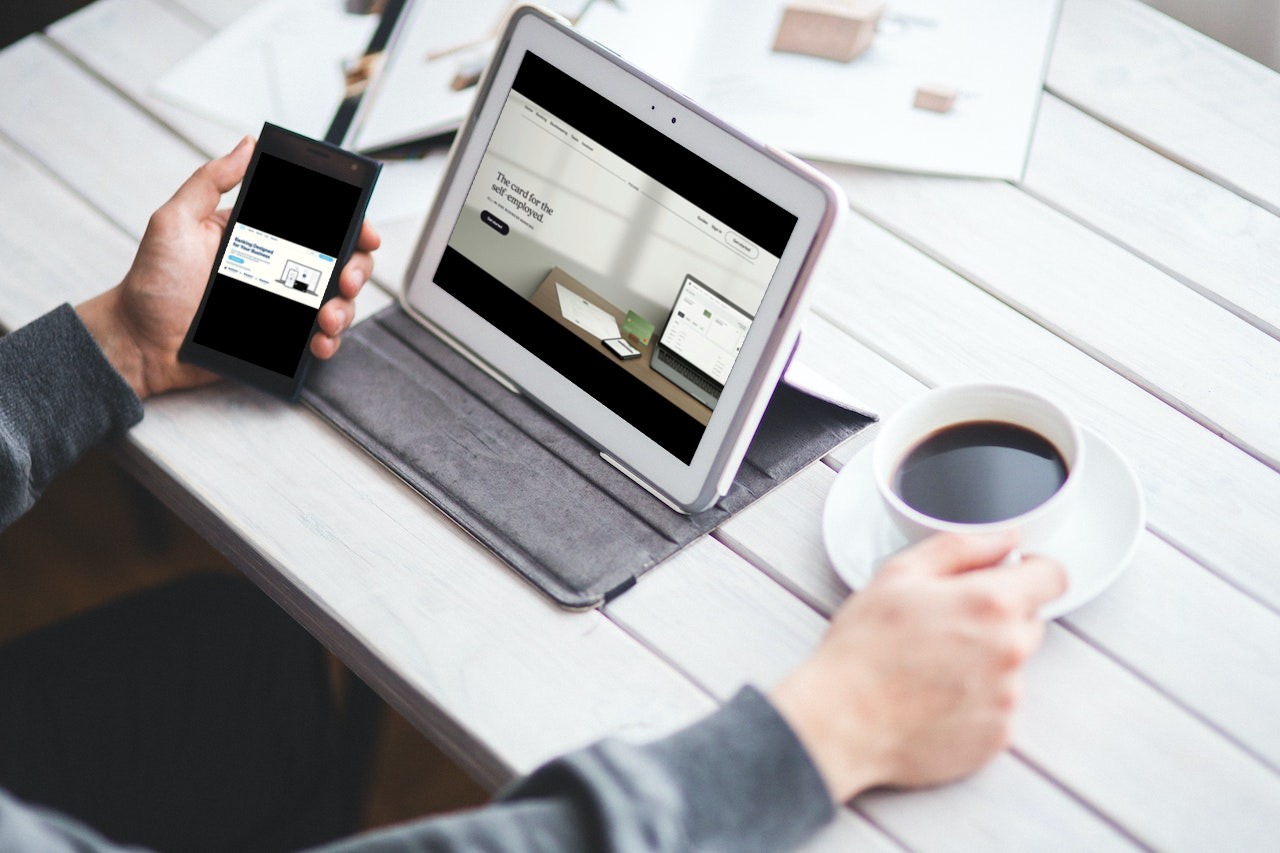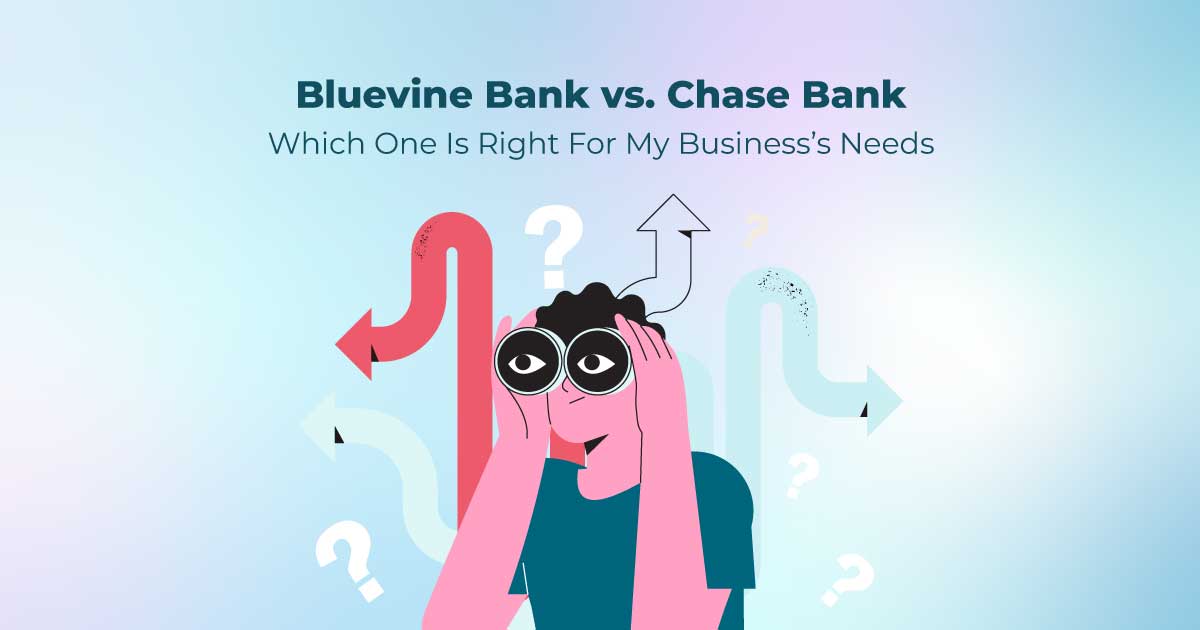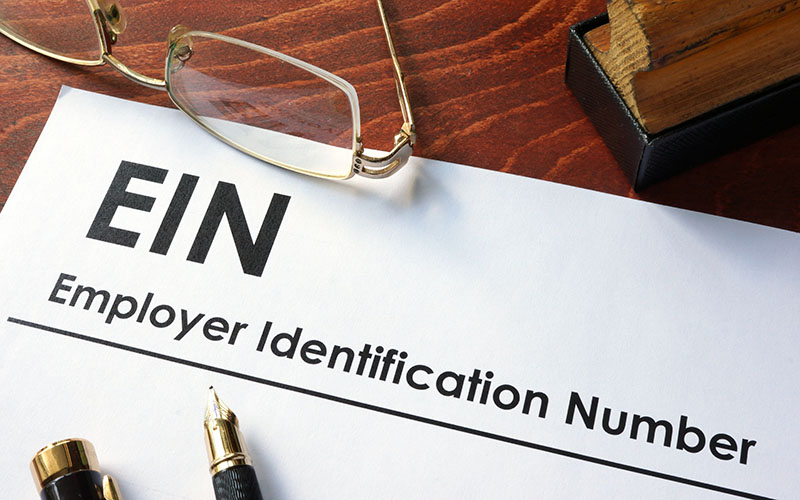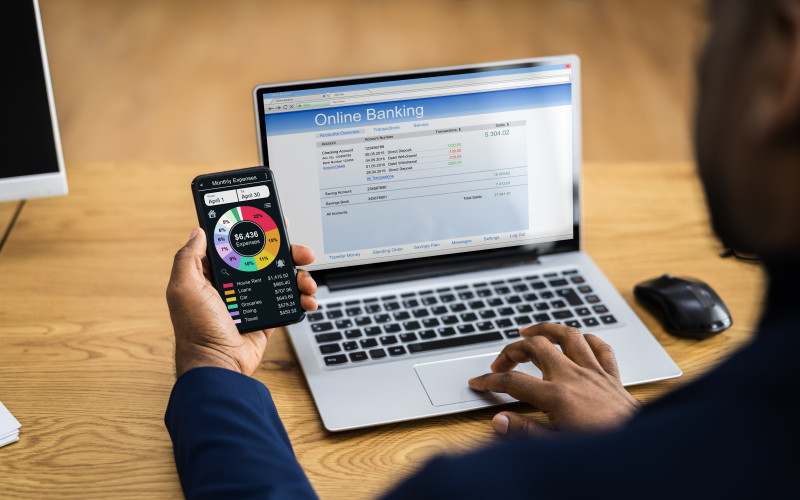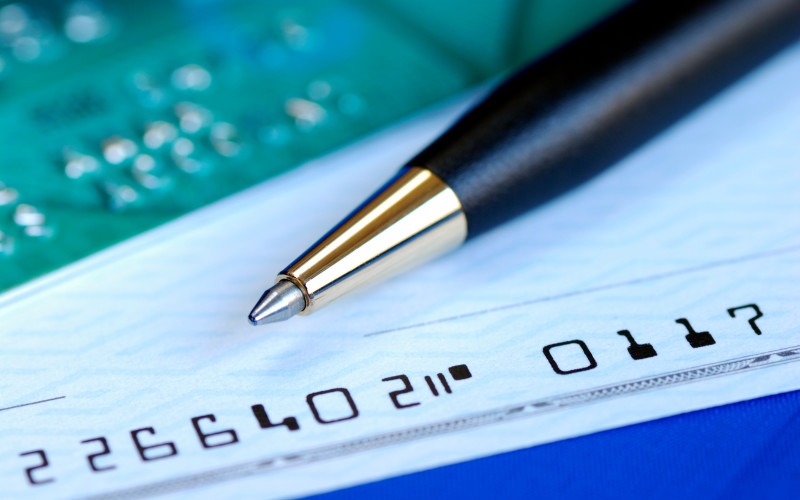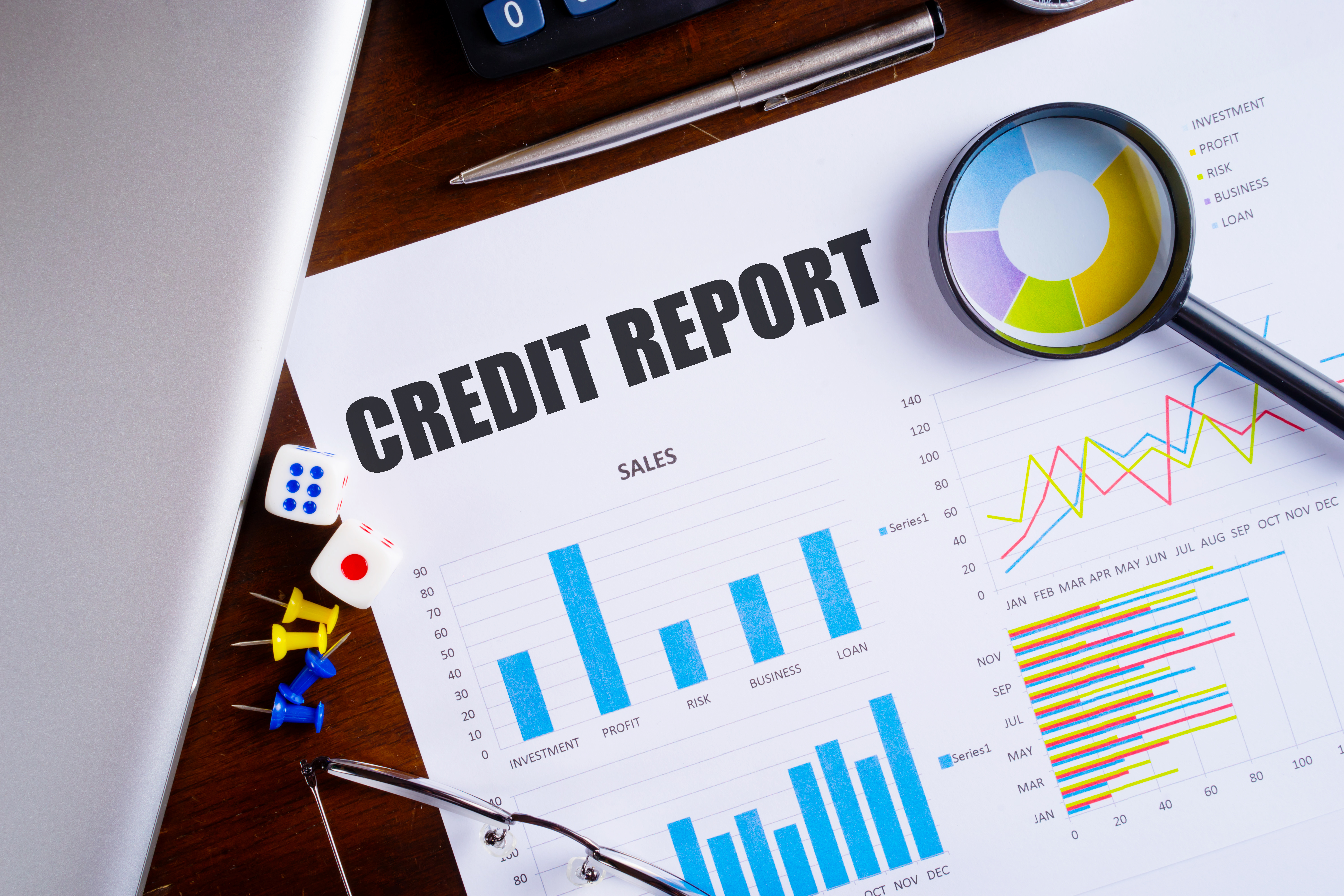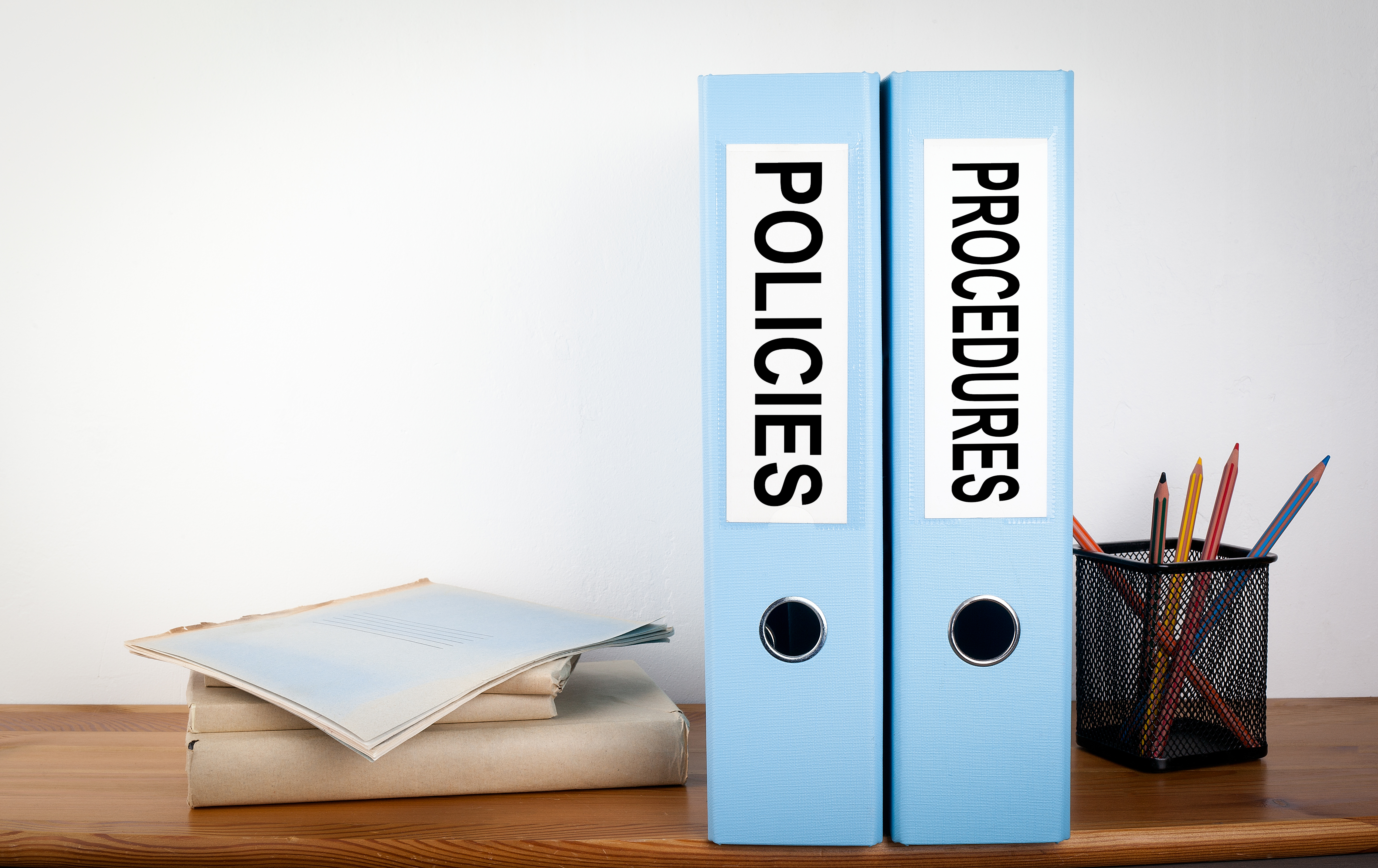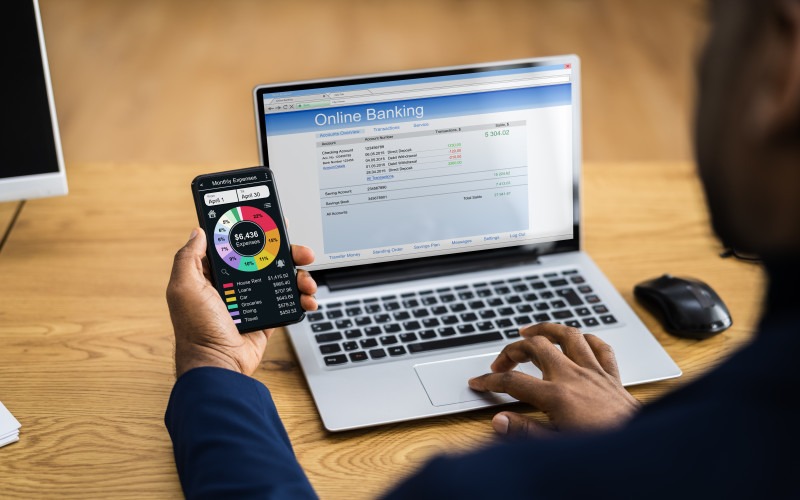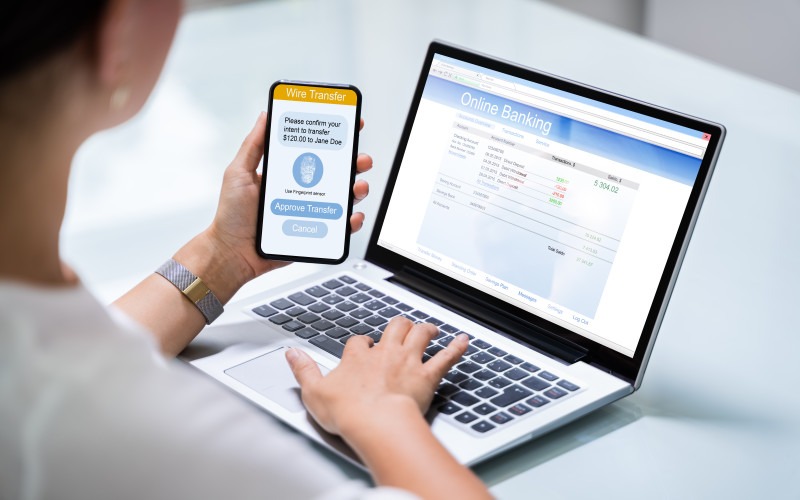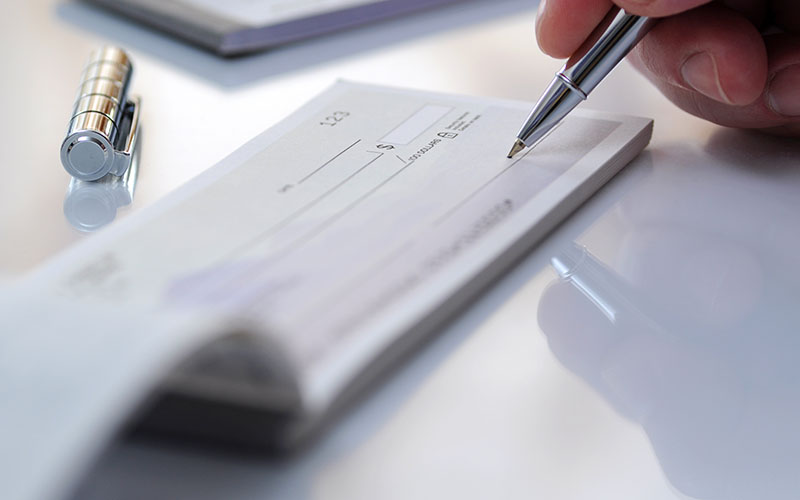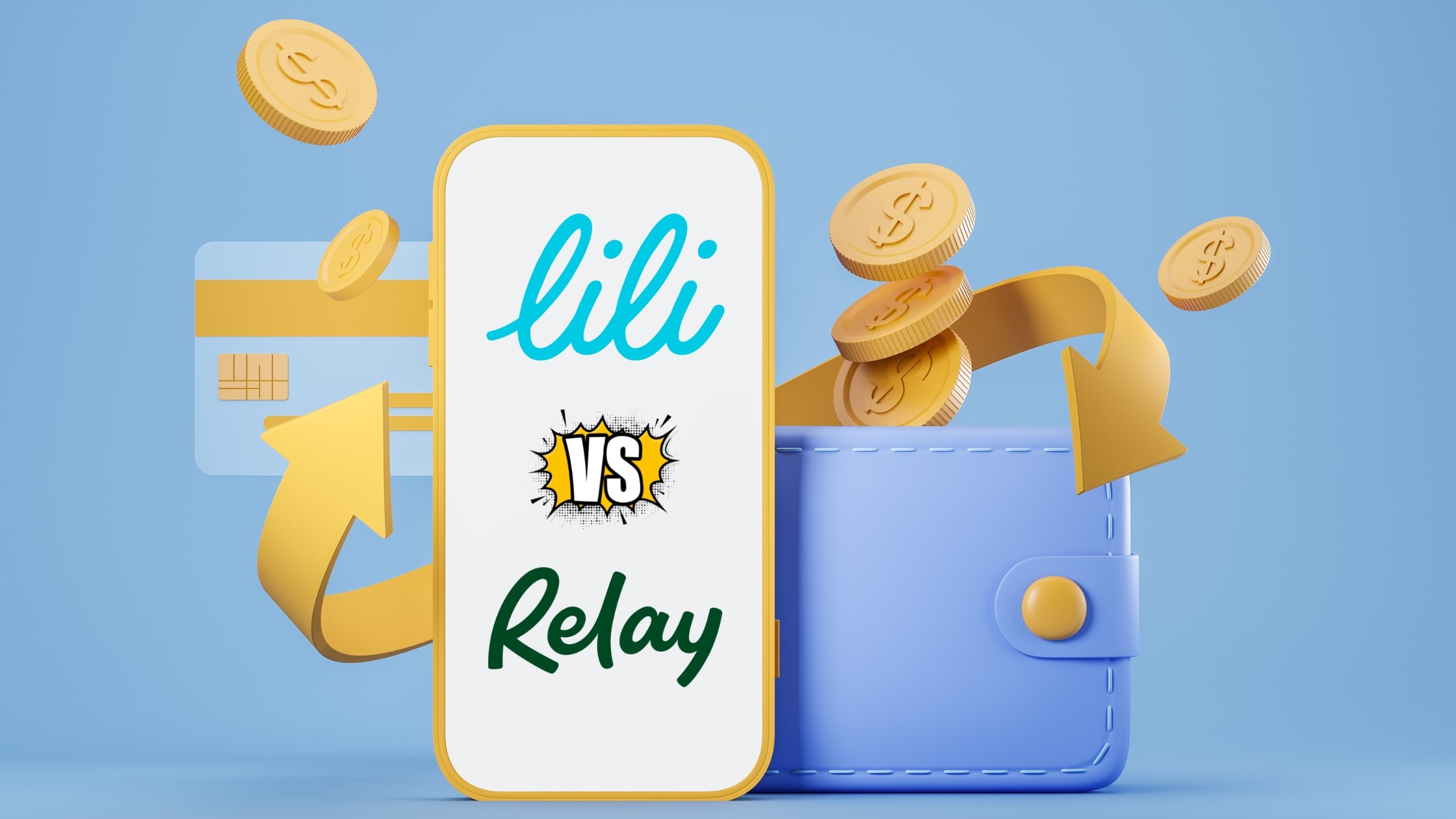The Freelancer's Guide To Sending An Invoice
Key Takeaways
- Implementing effective invoicing systems helps freelancers manage payments, using schedules and templates for consistency and financial tracking
- Invoices should detail services, due dates, total charges, and payment options to ensure clarity and accuracy
- Clear contracts should be established before starting work, detailing service scope and payment terms, and referenced in invoices
- Invoicing software automates the process, integrates with business banking, and sends payment reminders, enhancing efficiency
- Effective communication and prompt follow-up on overdue invoices are crucial for maintaining cash flow and professional relationships
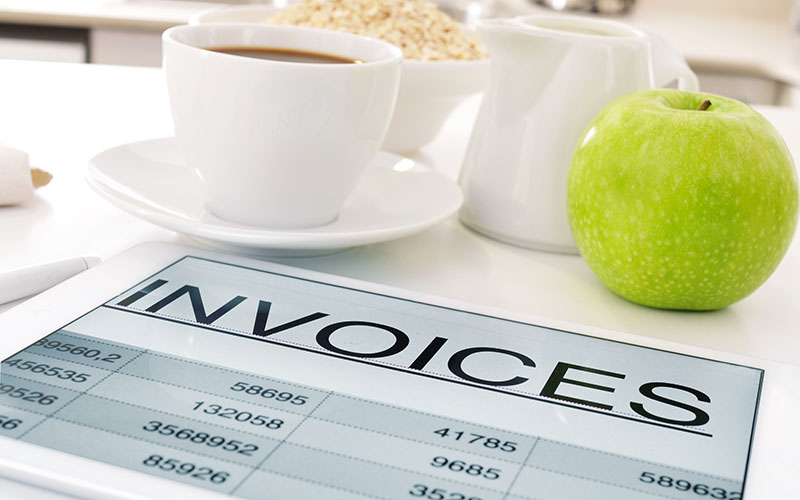
When you're a freelancer, one of the most important steps you have to take is to get paid by clients for your hard work, and the best way to do this is through invoicing.
An invoice is a detailed statement provided to a client that itemizes the services rendered and outlines the charges once the work is completed. This not only helps in maintaining financial transparency but also integrates seamlessly into your overall business banking practices, ensuring you keep your personal and business finances distinct and well-organized.
Below, we explain how to create and send an invoice (and more!).

How To Write An Invoice (And What To Include)
Sending an invoice doesn't have to be difficult: there are some basic steps to follow to successfully invoice your clients.
Schedule Your Invoices
Create a system or schedule to help you track when it's time to send an invoice and if there are late or outstanding payments.
Send all your invoices at a set time each month (although there are some that should be done on a case-by-case basis) and keep track of them by marking them as paid as they come in to make sure you haven't skipped over an invoice.
Use A Template
Whether you create or find one, using a template is going to make invoicing much easier.
You can create your own template or find an existing one from invoicing software such as QuickBooks, FreshBooks, or templates online.
In case you're writing your invoice by hand, export it as a PDF so the client can't make changes to it.
If you're sending your invoice by email, include the date and invoice number in the title to make it easier for your client to refer to if needed.
Create A Contract & Make A Clear Agreement
Your invoice should include the agreement/contract made between you and your client that includes the services or goods offered, the amount you will charge, due date, and payment terms and methods.
Be sure you have discussed this information with your client beforehand, have the information in writing, and always keep a copy of the contract or agreement.
Additionally, make sure you state what type of invoice you are sending (standard invoice, deposit invoice, progress invoice, recurring invoice, time-billing invoice, quote/proforma invoice, etc). You can simply label this at the top of the invoice and mention it in the payment terms (more below).
Write Your Header Correctly
Your invoice should have a professional header that includes your business name (or your name) and logo (if application) in a larger, bolded, and easy-to-read font.
Contact Information
Include your contact information for your client, specifically this information in this order:
- Mailing address
- Phone number
- Website
The best place to write this is directly below your business name and logo.
Client Information
Make sure your invoice includes the recipient or client's name, along with their contact information (such as their address, email, phone, website, etc).
Include your client's information near your own contact information so it can be easily accessed for both parties.
Invoice Number
An invoice number is just a numerical identifier that helps you keep track of all of your invoices. There isn't necessarily a perfect system. For example, you can sort them by numbering them (ex: #1 or #1001), by business name, or by the current year, but as long as the numbers are ascending in order, you'll be able to keep track much more easily.
Be sure to place the invoice number under the contact information, or at least in a place that is easy to spot for you and your client.
Date Prepared
Include the date prepared, which is when you submit the invoice to your client. This is important since you will have that information to refer to in case of a late or missed payment.
Due Date
Specify the exact date the payment is due. The date you pick is up to you (although you want to discuss this with your client beforehand and keep your invoicing schedule consistent), so you can require the invoice to be "due upon receipt", which requires it to be paid at that time, or follow the most common schedule that invoicing systems and freelancers use (a 30-,45-, or 60-day timeline).
Other payment time frames include the first of the month, biweekly, a one-off assignment, or even multiple invoices as you go through the project (example: one at the beginning and one when the project is completed).
Along with the date prepared, a due date included in the invoice lets you refer back to it if your client doesn't pay on time.
Amount Due
Write down the exact amount due (taxes and fees included) next to the due date.
List Of Services
List the services rendered. This could include an itemized breakdown of costs (if needed) or the number of hours worked with a final total labeled and bolded at the bottom.
Payment Options
Specify what payment methods and contact information/addresses you use for your client, whether it's cash, check, credit card, or payment service like Venmo, Paypal, or Zelle (if you're using one of these, be sure to include your email address or phone so the payment is sent to the right account). Offering multiple payment options can also make the payment process much easier.
Clear Payment Terms
In addition to the payment amount and due date, you'll also want to include what fee you will charge (if any) for late invoices. Late fees are either a set amount or 20% of the invoice.
You might make exceptions if it's early in your working relationship with your client or if it's a one-time mistake on their part. Even though you want to get paid, you'll still want to keep on a good client.
Note: You might want to run a background check on your clients (via social media or by contacting others who have worked with them) and chat with them beforehand before you take them on to prevent yourself from having any difficulties collecting payments.
If your client has a habit of paying late (or if this is your first interaction with a new client), you might want to consider collecting payments upfront, whether it's a small deposit or a percentage of the deposit. You might also give them an incentive for paying early, such as a small discount.
If a client is unable to pay due to a sudden financial difficulty, you can try working out a payment plan with them.
If they are a repeat offender, you'll have to follow up by phone, email, or even hire a third party to work out the interactions between both parties. In a worst-case scenario, you may have to take them to a small claims court.
Add Any Additional Information
If you have additional notes for your client or points of clarification, include it after the payment terms and information.
Thank Your Client
Add a personal note thanking your client. Being courteous and respectful (but firm when you need to) can extend your freelancer-client relationship.
Follow Up
Keep in touch with your clients and follow up with them after by contacting them or letting them know that you are available for any questions, concerns, or requests they might have.
Send An Invoice With the Right Medium: Use An Invoicing System
Even though freelancers often send invoices with a PDF, invoicing software can be much more beneficial since it can automate and organize important documents, invoices, and taxes.
Invoicing software has many perks: it can track time and productivity so you can send an accurate invoice, create an invoice layout for you, set up a schedule for sending invoices, save and store client information, send reminders when your invoice isn't paid on time, and connect directly to your business bank account.
Many times, these invoice financing services (such as QuickBooks or Xero) also allow you to have access to invoice factoring, which can give you an advance on unpaid invoices and make cash flow problems easier.

Bottom Line
Proper invoicing is a cornerstone of successful freelance work. By employing structured processes, leveraging technology, and understanding your options, you can ensure timely payments and maintain a healthy business relationship with your clients. Remember, the goal is to make invoicing seamless so that you can focus more on your work and less on payment issues.
How do I send an invoice as a freelancer?
You should include the following in your freelance invoice:
- Your client's order and job number, if they have one
- Title or name of the project or job
- Details about the work done (record dates and hours if needed)
- Payment amount
Are billing and invoicing the same?
Invoicing and billing are similar since they are both documents that show the amount owed for services and products, but invoicing implies you are a business collecting from your clients while billing is used to refer to payments made by a customer to suppliers.
Should I have a business bank account?
Freelancers aren't required to open a business checking account, but separating personal money from business funds is a good idea. Doing so can help you keep better track of expenses to write off at tax time. Check out our top recommendations business banking for freelancers.
Edited by:
Bryan Huynh
•
Product Tester & Writer


